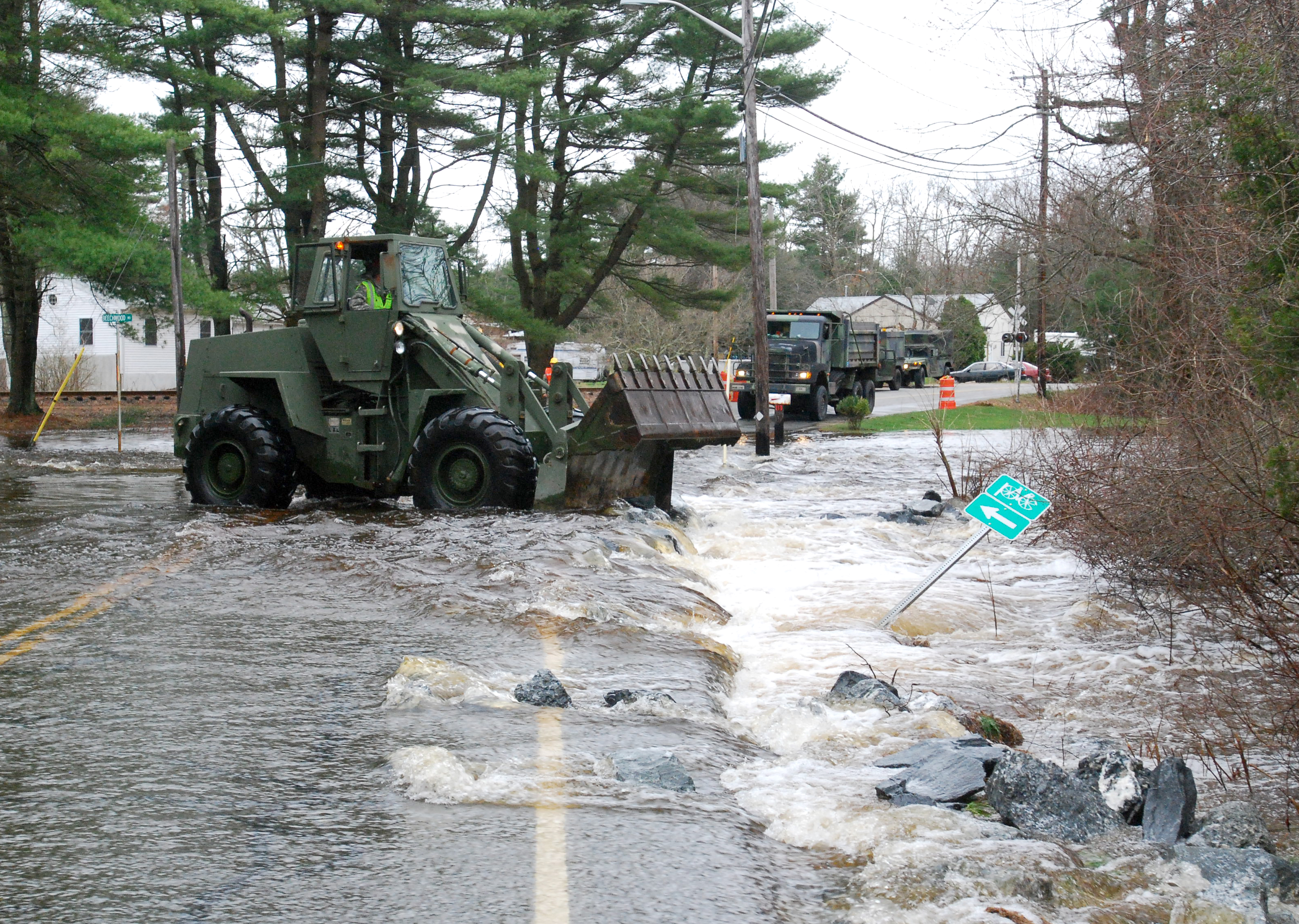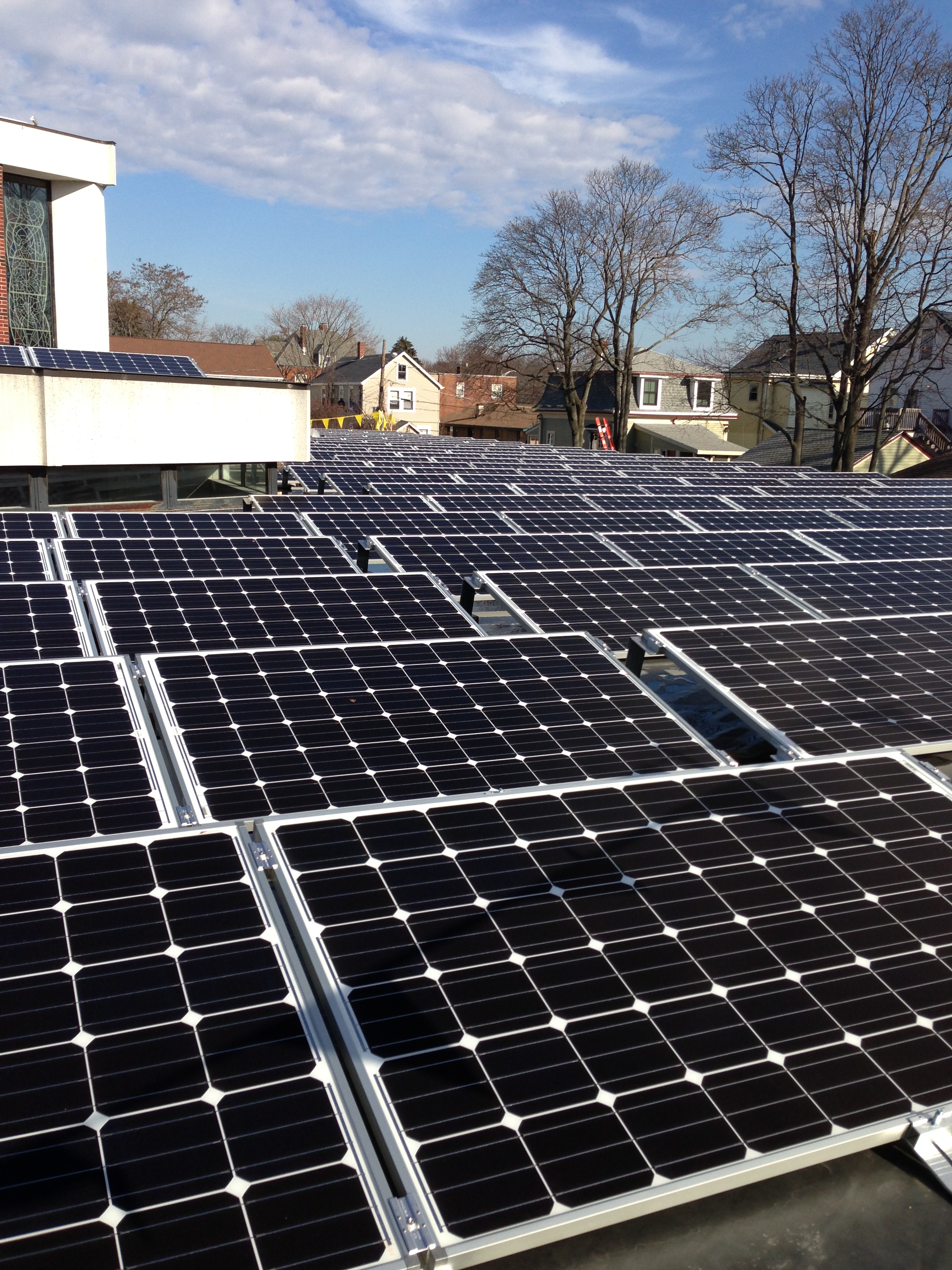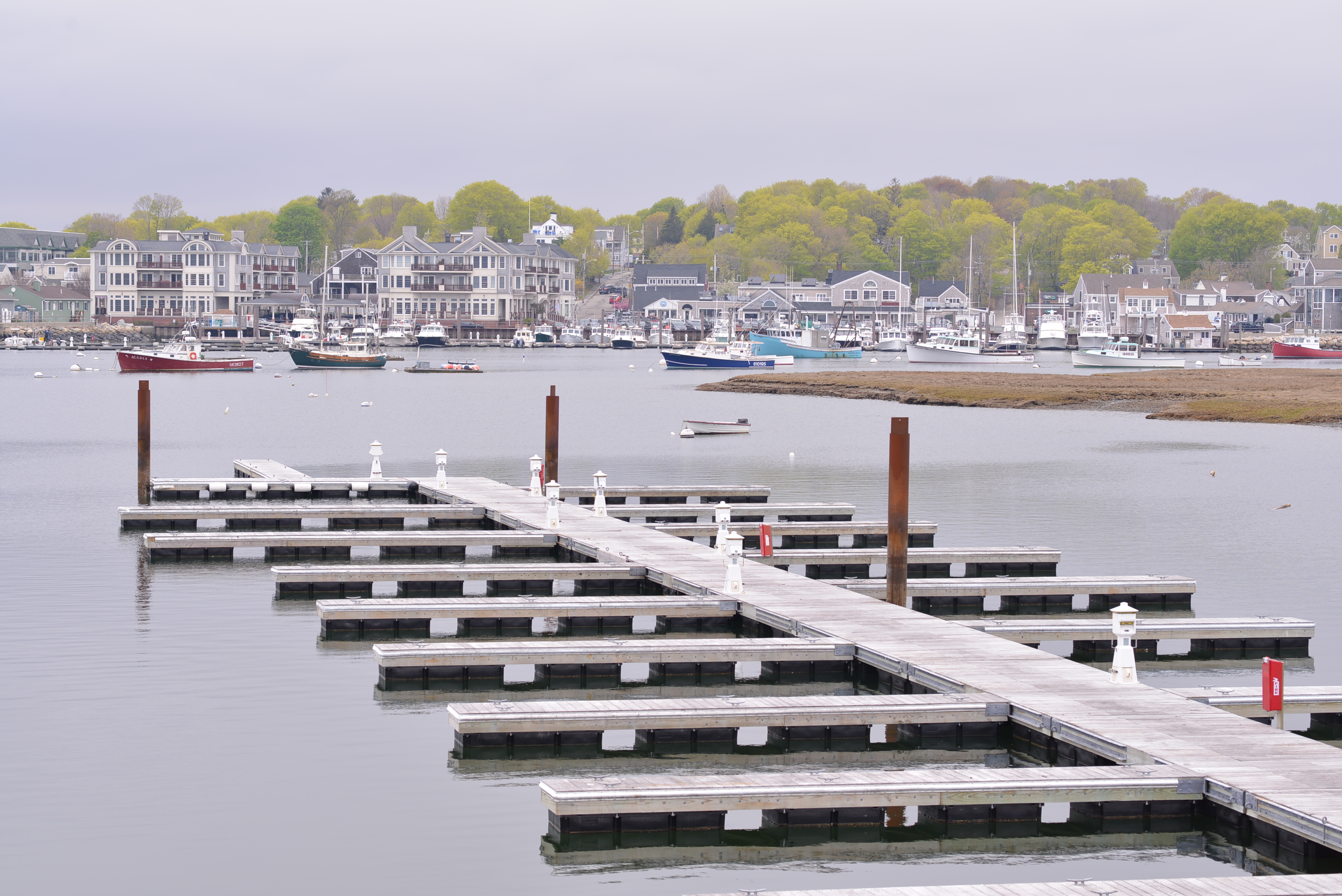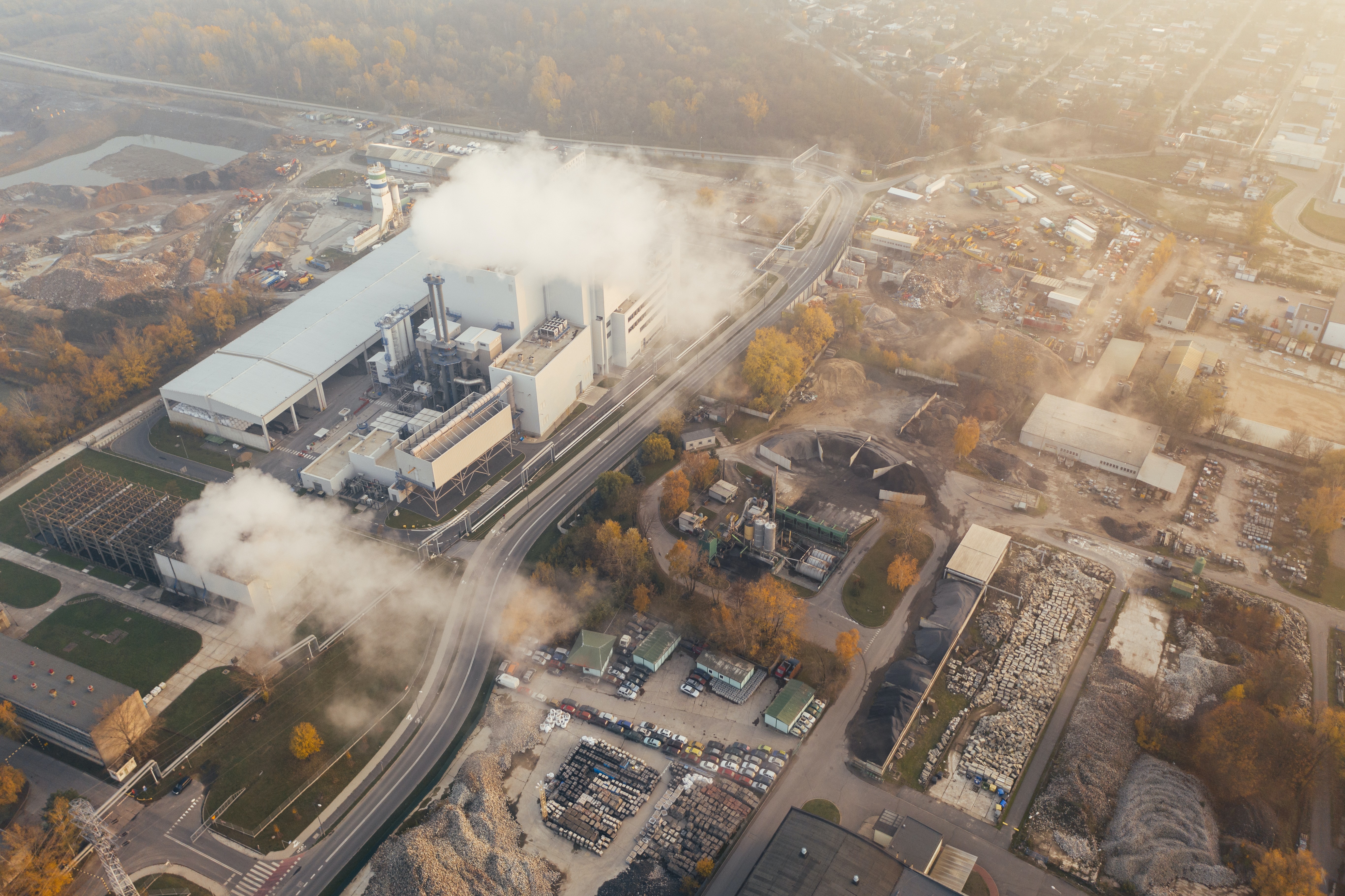Climate Mitigation & Resiliency
- The Vision
- Policy Recommendations
- How We Got Here
- Challenges
The Vision
- the Metro Boston region is prepared for the extremes of a changing climate. We are prepared for more high-heat and extreme-cold days, increased rainfall, extended periods of drought, stronger storms, and a rising sea. Homes, schools, workplaces, facilities storing or producing hazardous materials, and infrastructure are located away from serious threats or are designed to withstand them. When major climate events interrupt critical services, the response is managed to minimize disruption and speed recovery. People have the resources, networks, and supports to withstand climate emergencies and to recover when disaster strikes. Older adults, children, residents with lower incomes, Environmental Justice communities and other vulnerable populations can live safely and can fully enjoy outdoor activities. Neighborhoods are designed and improved to protect the health of residents, with ample shade, drainage, and green space. Wetlands, water bodies, forests, and plant and animal communities are restored and protected, and are able to adapt to climate-change impacts.
- Metro Boston is deeply energy efficient and climate-smart. We power our communities, buildings, and vehicles with renewable energy. The region benefits from having made deep cuts in GHG before 2030 and reaching net zero emissions by 2050, as part of the state and global effort to avoid the worst impacts of the climate crisis. Making zero-emissions choices for food, clothing, and other goods is easy, affordable, and convenient for everyone. The public health, resiliency, and other benefits of a net-zero carbon future are distributed equitably, lifting up all communities, particularly those who had historically borne greater burdens. The new energy economy is affordable, even for those with limited incomes or other economic burdens.
- our air is pure, indoors and out. Our cities and towns are healthy, with beautiful parks and natural areas accessible to all. And our cities are quieter, with less polluting and more efficient transportation technologies. Contaminated sites are cleaned up and have been turned to new uses. There is less waste. Unavoidable waste produces energy, fertilizes soil, or is reprocessed. We have enough fresh water from our wells, streams, and reservoirs to meet the needs of people and wildlife. Our farms and fisheries produce plentiful and healthy yields and are sustainable. Habitats, forests, wetlands, and other natural resources are protected and enhanced.






